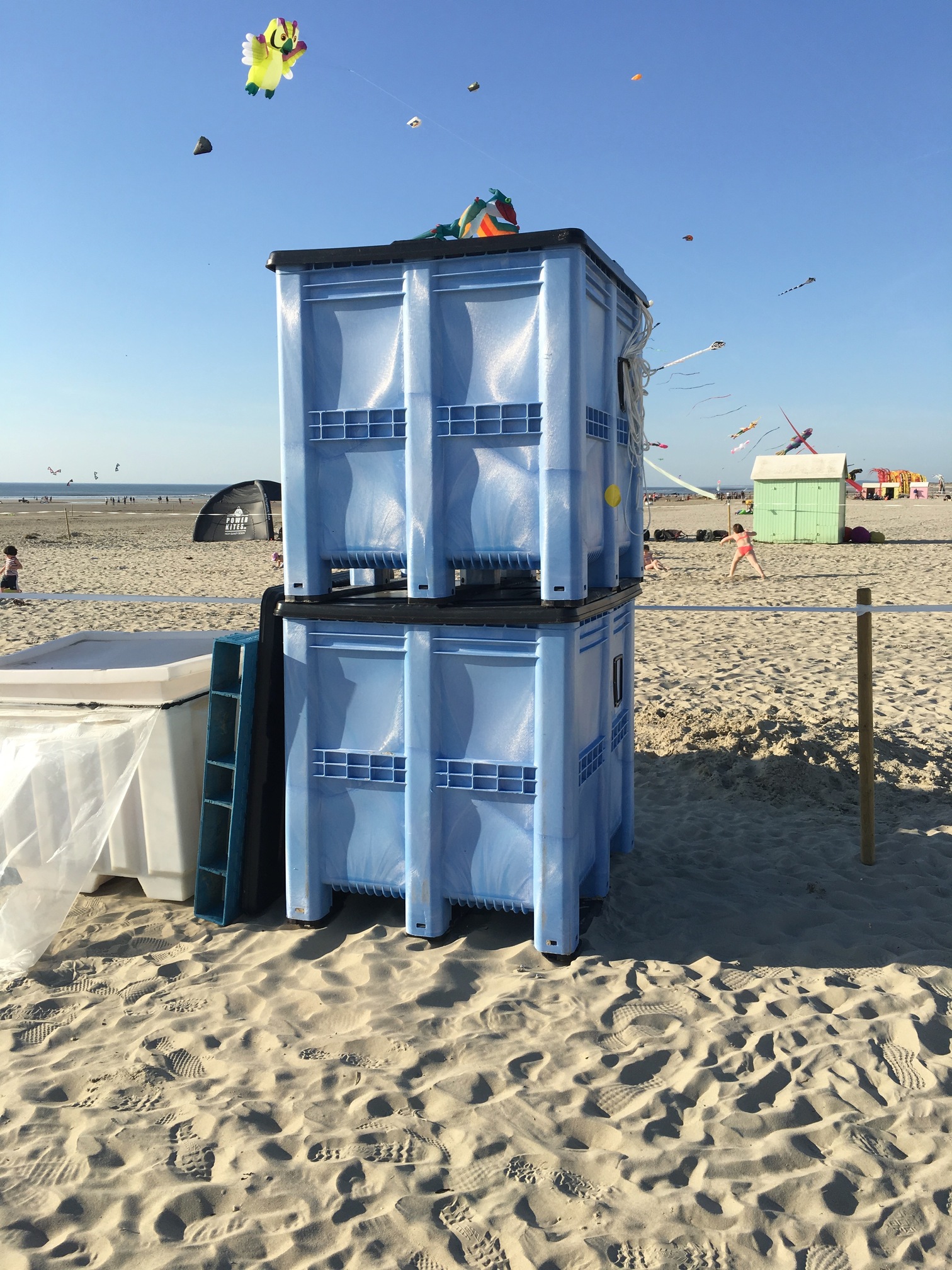Supply chain software specialist BluJay Solutions last Friday celebrated what it calls BluJay Day, highlighting “key achievements that have primed the global company for continued success in helping customers achieve excellence in logistics and trade compliance”.
“Our momentum is evidence of a focus on strategy, innovation, and customer priorities, which includes introduction of the BluJay Way and DNA platform,” said Andrew Kirkwood, CEO, BluJay Solutions. “The past year has been a remarkable one for BluJay, from product innovation and strong financial performance, to customer successes and strategic partnerships that further the Frictionless Supply Chain. As we celebrate ‘BluJay Day’ and look ahead, we’re approaching our continued evolution with a growth mindset – not just in revenue, but in empowering our people to deliver the highest level of service possible. Our team is constantly striving for new and better ways to innovate and get closer to our customers’ needs and priorities to get them where they want to be, faster.”
BluJay’s DNA is the unique blend of Data, Networks, and Applications designed to help shippers, LSPs, forwarders, customs brokers, carriers, and other organisations build high-performance supply chains.
BluJay’s developments over the past year include:
Company Growth and Customer Engagement
• Financial strength: In 2019, BluJay saw strong financial performance with 20 percent year-over-year growth in SaaS bookings. Software as a Service (SaaS) platform revenues grew by double digits and recurring revenues today represent more than 75 percent of the company’s $175 million revenue base.
• Global footprint: As further proof of its strong market position, BluJay also expanded its global presence in new and existing markets including a modern upgrade to a new office for 300 employees in Hyderabad, India, and new space in Denmark. In the past week, BluJay strengthened its presence in Melbourne, Australia and Asia-Pacific via acquisition of Expedient Software.
• Supply chain network milestones: Billions of miles and global trade transactions flow through BluJay’s networks and applications each year. Over $18 billion in annualised freight under management, or about 2.5 percent of all trucking spend in the U.S., transacts through BluJay’s Transportation Management for Shippers platform. In 2019, over 10 billion miles were managed by BluJay’s TMS – enough to travel to the sun and back 55 times. BluJay’s Transportation Management for Forwarders solution surpassed the 100 mark for number of countries in which it is deployed. For trade compliance in 2019, BluJay saw 80 percent growth in transactions filed through its Customs Management-Global platform, and $450 billion in U.S. imports were processed by BluJay’s Customs Management-US solution.
• Customer engagement: At BluJay, stakeholder feedback is critical not only to the product development process, but also across the organisation to providing value and fostering customer success. BluJay’s largest events, SOAR and SOAR Summit, saw record attendance and participation in Customer Advisory Boards, where users collaborate with product teams on roadmap priorities. The company embarked on the Frictionless Tour, a first-of-its-kind multi-stop event that took the BluJay experience on the road to customers and partners across a dozen U.S. states in just under three months. BluJay’s emphasis has been on delivering excellence across all areas of the business to get closer to its customers’ priorities and deliver on their most pressing business needs.
• Executive leadership: In the first full year under leadership of CEO Andrew Kirkwood, BluJay expanded its executive leadership suite to drive the company’s strategic vision. New appointments include David Landau, Chief Product Officer; Chris Timmer, Chief Revenue Officer; Michael Hunt, Chief Financial Officer; and Jan-Paul Boos, SVP EMEA.
Innovations in Data, Networks, and Applications
• New data solution: BluJay launched the industry-first Freight Market Index (FMI). The monthly report provides subscribers with data-driven intelligence derived from the over $18B in annualised freight under management transacting within the BluJay Global Trade Network. The FMI’s extensive set of transportation KPIs and quartiles provides users with benchmarks and context to better understand opportunities or trade-offs between cost and service, for informed decision-making.
• Network partners: BluJay forged several strategic alliances with industry-leading organisations including Convoy, SleekFleet, Loadsmart, Raven Logistics, and project44. Through these partnerships and others, the company continues to enhance its network, reach new markets, and add new services that drive value for customers.
• Product innovation: The introduction of BluJay’s DNA platform was accompanied by an enhanced product roadmap, investments in R&D and development, and several new products or modules to be unveiled in 2020. BluJay held multiple hackathons for its development teams around the world, resulting in product innovations that moved forward into development, including a new solution that will be released in the second quarter of 2020.
Chief Product Officer David Landau adds, “We’ve made amazing progress over the past year, but 2020 looks even brighter. During the next nine months, expect to see BluJay launch multiple new products, announce new partnerships, and introduce some exciting new technologies.”







